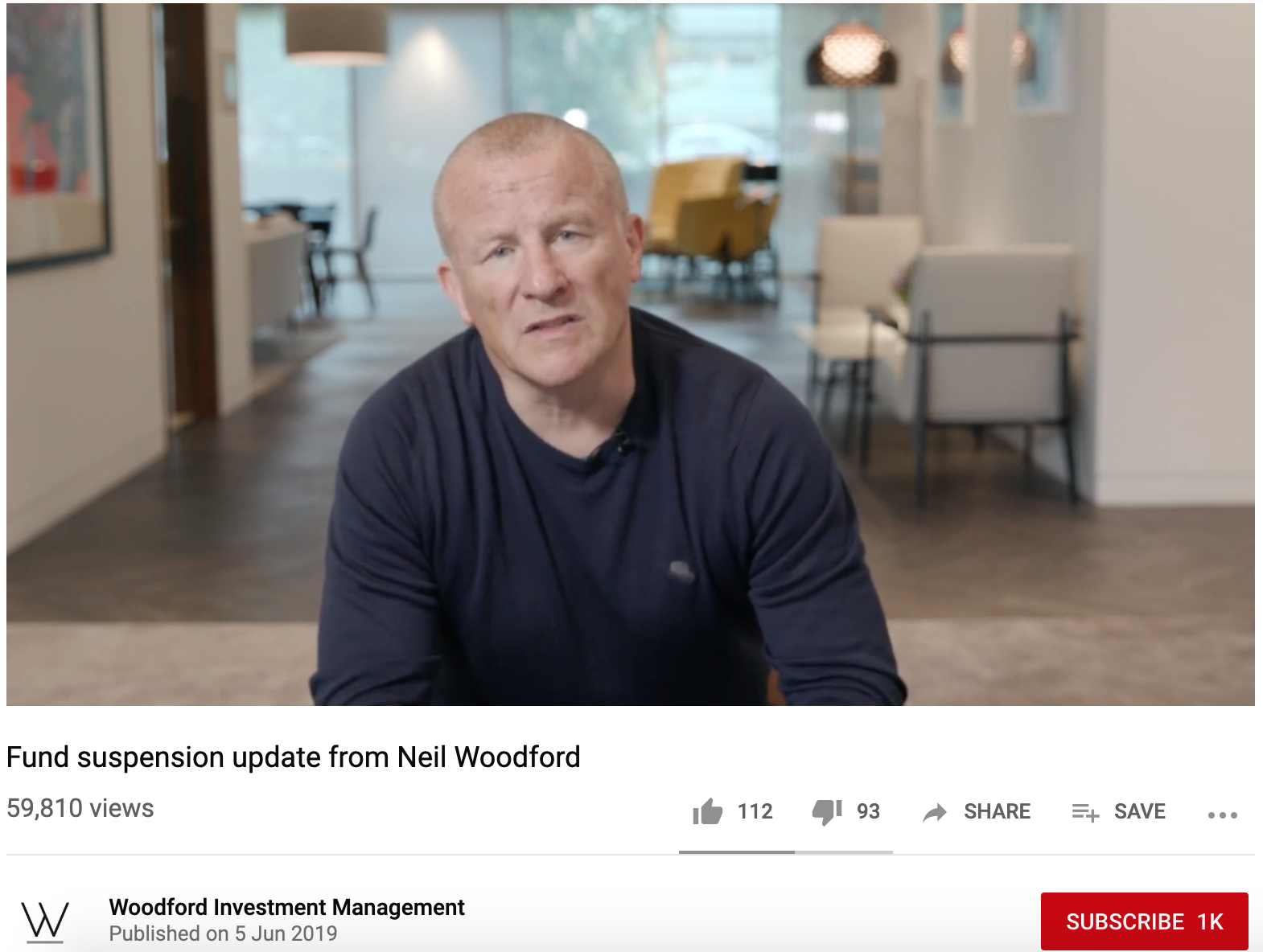Always there when you need it least, never there when you need it most: liquidity is a fair-weather friend.
In August 2008, as markets reeled from the financial crisis and investors wanted out, liquidity vanished. Five years later, with markets roaring back, liquidity was abundant. But no-one needed it.
Experiences like the financial crisis inform many investors preference for open-ended funds. Many feel that the intraday liquidity ETFs provide is somewhere between useless and treacherous. While others simply wish to avoid transaction costs.
Yet the gating of Neil Woodford’s Equity Income Fund should cause open-ended fund buyers to reconsider their loyalty. This isn’t the place to criticise Woodford or Hargreaves Lansdown; that work has been done by others. But the fate of Woodford’s £5 billion fund shone a light on liquidity risk. Which open-ended fund buyers, too often, fail to take seriously.
Transacting only with the fund
A fund gating of Woodford’s kind is very rare. So rare in fact that Morningstar’s research team knew no instance like it. But liquidity risk is a part of every open-ended fund. It stems from how they’re built. Why?
Fitch: Woodford Equity Income suspension highlights ‘structural weakness’ of mutual funds
Buying and selling units in an open-ended fund is done in cash directly between the investor and the fund. Investors buy and sell at a price determined by the fund (usually NAV) at the close of trading, subject to entry/exit fees.
Transacting directly with the fund at NAV can be great: what’s better than getting in and out at NAV? Especially when the fund manager is credible and has a long history of getting investors in and out successfully at a fair price.
However there is an obvious drawback: there is only one way in and one way out: the fund. You cannot sell to other investors as you can with an ETF. There is no secondary market. All the entering and exiting is in cash – which leads us to the second problem.
Cash means forced selling to meet redemptions
Buying and selling in cash may sound simple as pie – and as a rule, simple in finance is almost always better. But when investors want to leave, an open-ended fund has to get that cash from somewhere. Satisfying redemptions in cash can be done in two ways. One: the fund can hold some cash at all times. Two: the fund can sell its assets for cash when redemptions are put through.
But both methods have weaknesses. Holding cash at all times means the fund incurs cash drag. This means investors pay fees on unmanaged cash, and in a rising market the fund will underperform, as it is not fully invested. It is also impossible to know how big or small redemptions will be, meaning the fund can never perfectly match cash holdings to redemptions in advance.
If the fund holds no cash (or too little) the problems can arguably be worse. If the fund holds no cash, it becomes a forced seller when redemptions occur. Being a forced seller in a volatile market means that open-ended funds can exacerbate volatility. But worse, when the market knows you’re a forced seller and also knows what you’re trying to sell (as is happening to Woodford right now), the market is likely to give you a worse price.
In kind creation-redemption has benefits
ETFs avoid all this through “in-kind” creation redemption. When creating ETFs, market makers give a basket of shares to ETF providers in exchange for a chunk of ETFs. This "in-kind" creation means that the ETF is not a forced seller and there is no cash involved. And because they trade on secondary markets, ETF owners can find buyers and sellers among other investors.
Are there costs associated with this? Yes. ETFs come with spreads as market makers pass on costs of financing and try to profit from their market making. But of the fate of Woodford’s funds are anything to go buy, those costs may be worth it.
****
Image Source: Woodford Investment Management, 'Fund suspension update from Neil Woodford', .


